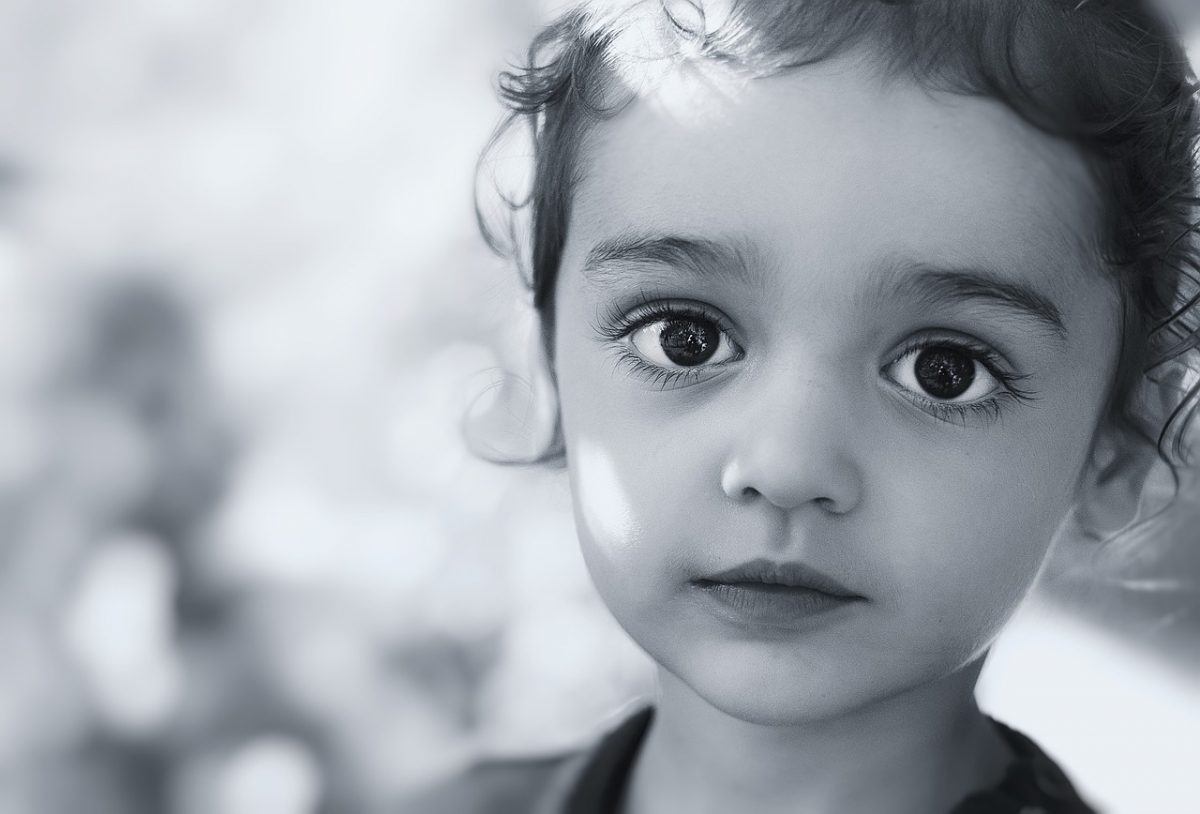
Childhood glaucoma is a condition that can affect eye development in which the optic nerve is affected. The lesions caused by glaucoma are always associated with great pressure inside the eye, so it must be treated immediately.
There are different classifications of glaucoma. If it is present at birth or just after birth, it is called primary congenital glaucoma. If it appears during childhood or adolescence it is called juvenile glaucoma. It is a rare condition in children, but if it appears it may be due to a hereditary factor.
How does childhood glaucoma develop?
Childhood glaucoma generally affects infants and young children. Usually appear during the first year of life and it usually manifests immediately after delivery or in the first months after birth.
The first complaints that you present are pressure in the eye and the symptoms will manifest with great discomfort from light (photophobia), exaggerated tearing and changes in eye shape and size. This great change in the size of the eye is due to the pressure of the fluid that accumulates, where it also manifests itself as having great flexibility due to age and being in full development.

Visual integration photo
When there is great pressure in the eye, it ends up increasing in size and in this state it can be compared to a porthole (buffets). This pressure can cause an injury to the optic nerve, which can cause a Sight loss.
Glaucoma can also appear as the child ages and due to other secondary causes. Other types of pathologies can lead to an alteration in the structure of the eye and lead to a increased eye pressure. In three-year-old children they can develop it and be similar to glaucoma in adults.
In this case there will also be a pressure, but without a change in the size of the eye, since its development has stopped. Glaucoma can appear due to children born without an iris (aniridia), inflammation of this organ (uveitis) and malformations in the anterior segment of the eye (dysgenesis).
Signos there sintomas
One of the most significant signs is when the child manifests the enlarged eyes. Other parents go to the specialist due to various symptoms and having a family history.
To carry out a study, a complete examination must be carried out under anesthesia and observe how the pressure and size of the eye act, apart from the appearance of the optic nerve. Another exam is to do a visual exam, but only from the age of six, as the cooperation of the little one is needed.
What treatment does glaucoma have
In many of the cases surgery is the best treatment to correct structural defects. In this case, it will be performed under general anesthesia and where inside the eye the fluid outlet conduit should be opened.
There filtration surgery which creates a drainage channel in the eye and laser surgery where a ray of light will create a small hole in the tissues of the eye. In other cases, topical eye drops and oral medications will suffice to lower the pressure in the eye.
In many cases, surgical treatment is not enough to control the disease and is required after a supplement of drops. These treatments are generally prescribed for life, since the eye pressure in most cases does not disappear. If pressure is not controlled, irreversible effects can be reached, such as loss of sight.
